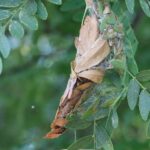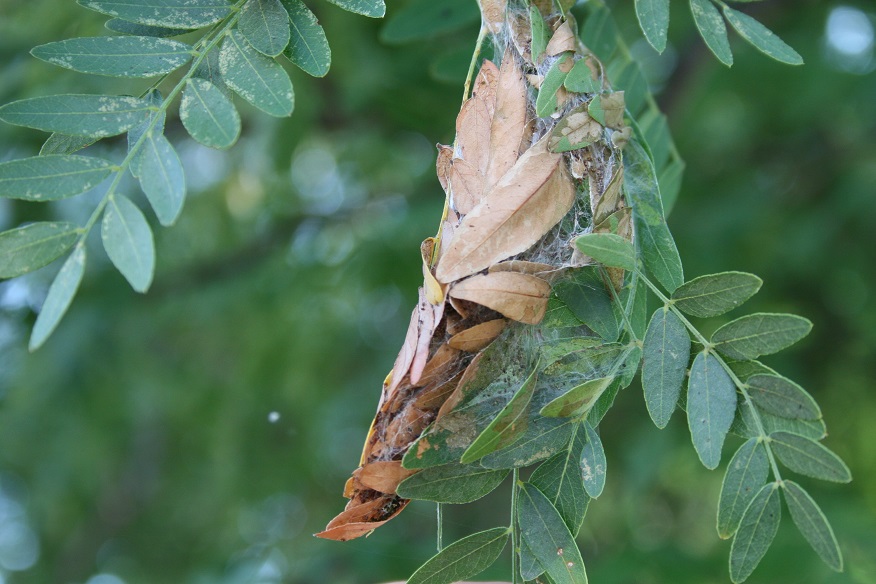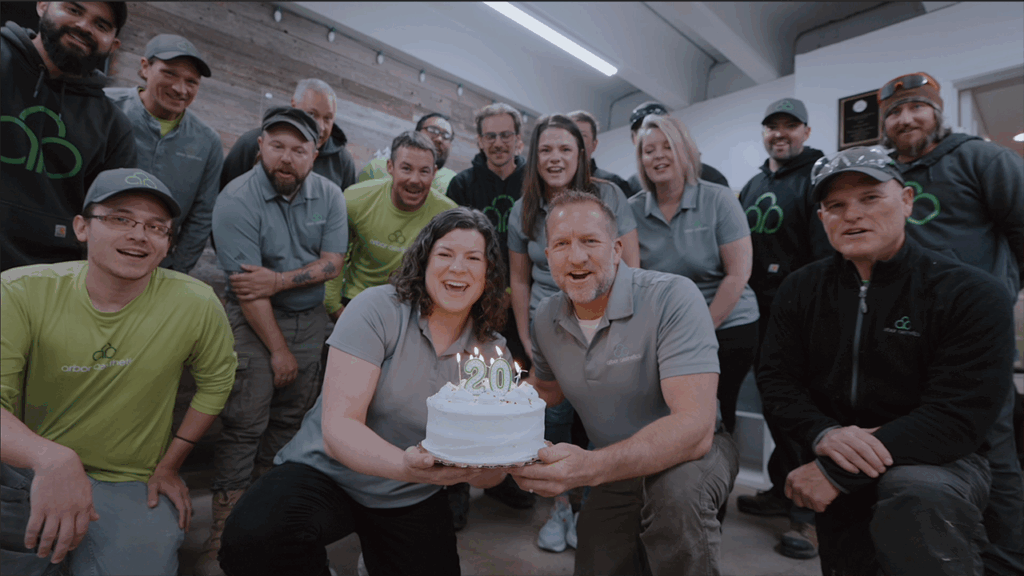In the second part of our tree planting blog series, we’re tapping into the knowledge and wisdom of horticulturist and owner of Great Plains Nursery, Heather Byers. Great Plains Nursery, located in Weston, NE, focuses on growing high quality plants that are native or especially suited to our climate. They start their trees from locally-collected seeds and grow them with love! Here are three things Heather advises you to look for when shopping for a tree.

When choosing a new tree to add to your landscape there are lots of things to look for. Here are a few tips when purchasing a quality tree.
1. First of all… start at a LOCAL nursery or garden center.
- If you can buy toilet paper and screws there, it’s not the best place to find quality trees.
- Check the tag or ask where the tree was grown. Locally grown trees are best adapted to our erratic Nebraska weather. Go even one step further and ask the seed source – again local is always best.
2. A tree is only as good as its root system so that’s where we’ll start:
- The root ball should be free of circling roots and contain lots of small, fibrous roots – a tree grown in the Rootmaker® containers and RootTrapper® bags are our highly preferred choice.

- Check for stem girdling roots around the trunk – these are bad.
- The root collar or flare should be right at the soil level. If it looks like a telephone pole then it’s planted too deep and this can cause problems down the road.
- Don’t hesitate to dig around in the tree a bit before buying it – this is going to be your tree, so get to know it before you make the purchase.
3. Evaluate the Crown
- Shade trees should have one relatively straight central leader.

- Main branches should be well distributed along the central leader, not clustered together.
- Temporary branches particularly on trees 1 inch caliper or less should be present along the lower trunk below the lowest main branch – in other words, it shouldn’t be “limbed up” just yet.

- The trunk should be free of wounds, sunburned areas, cracks, signs of boring insects, cankers or lesions. Properly made pruning cuts are acceptable.
- The trunk caliper (thickness) and taper should be sufficient so that the tree remains vertical without a stake.

By following these basic guidelines you’ll be enjoying your new trees for years to come.
Diagrams courtesy of Dr. Edward Gilman
Diagrams courtesy of Dr. Edward Gilman






